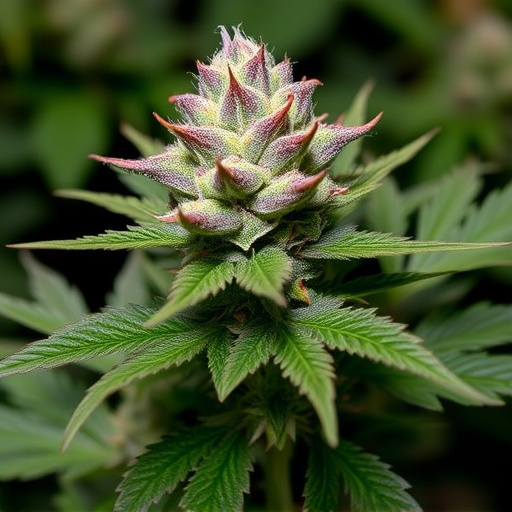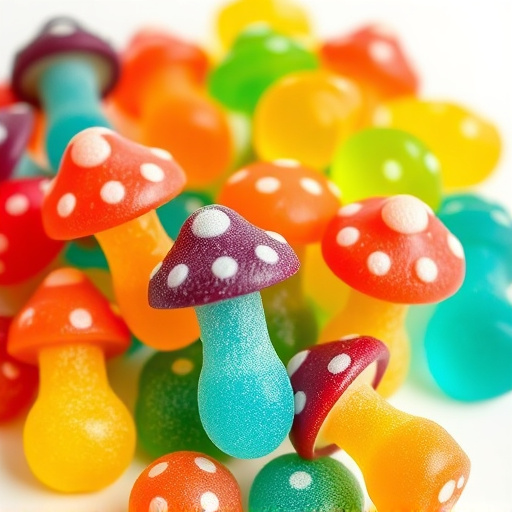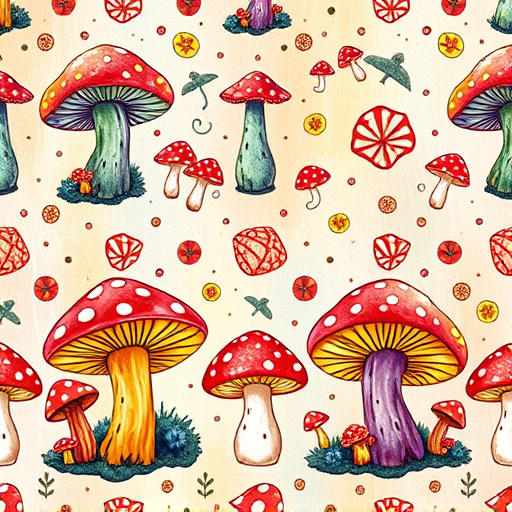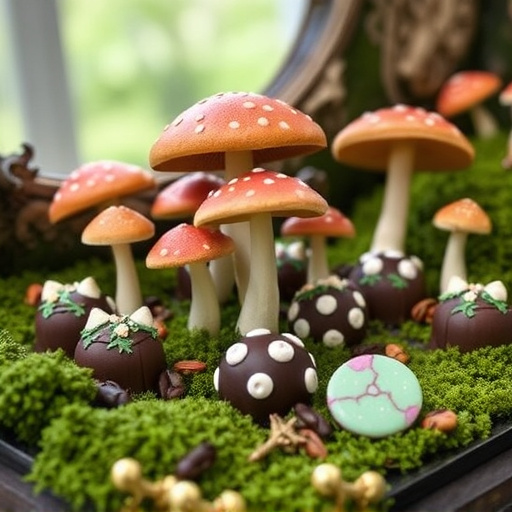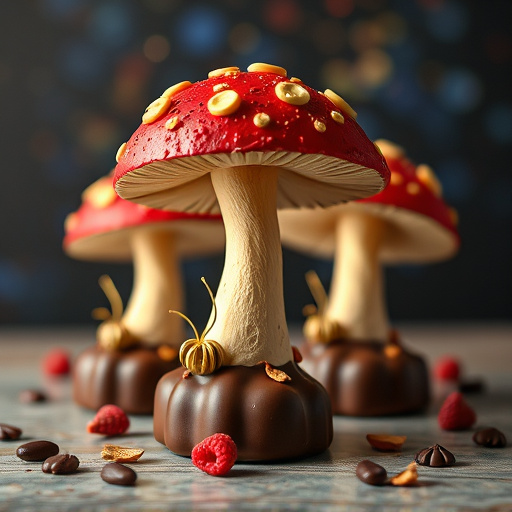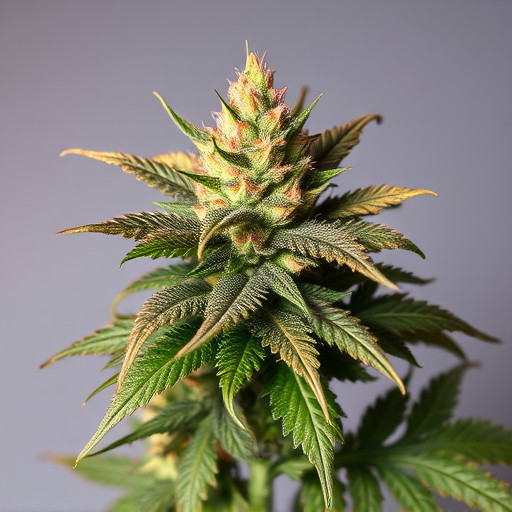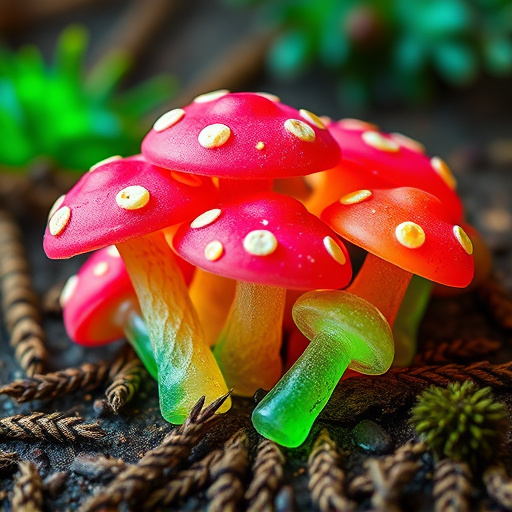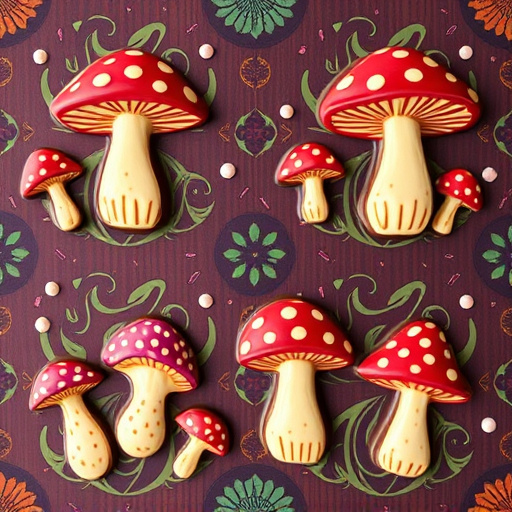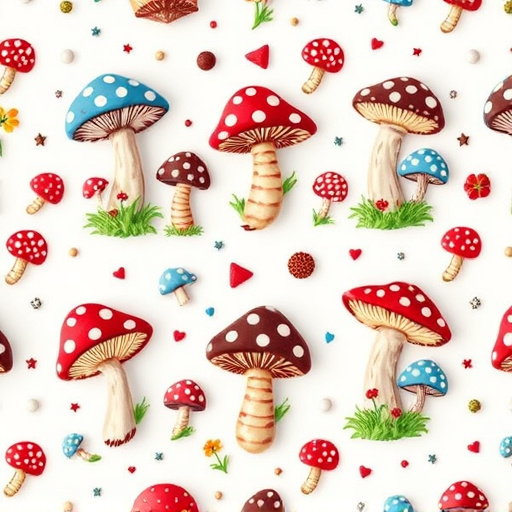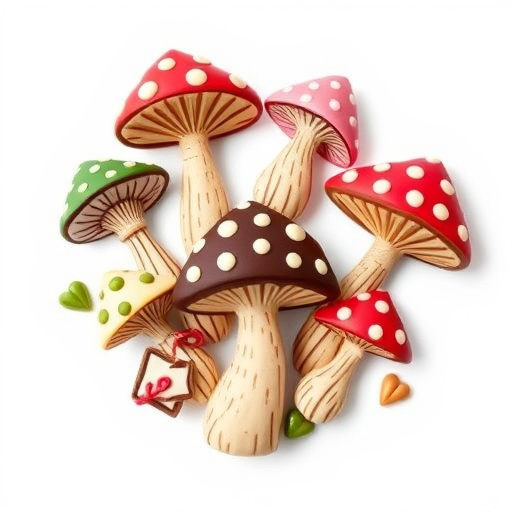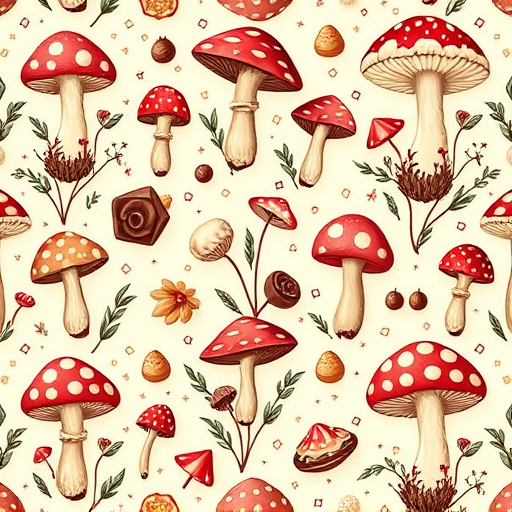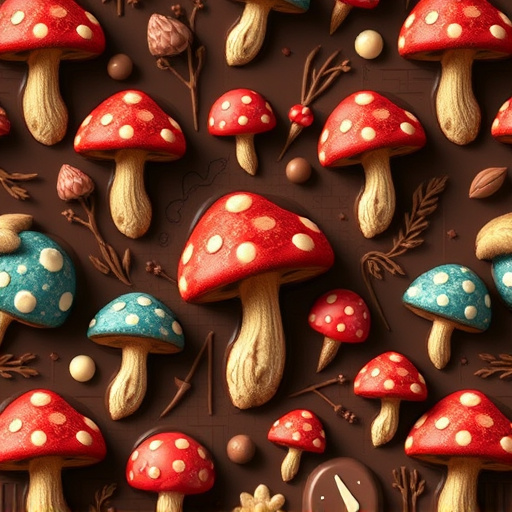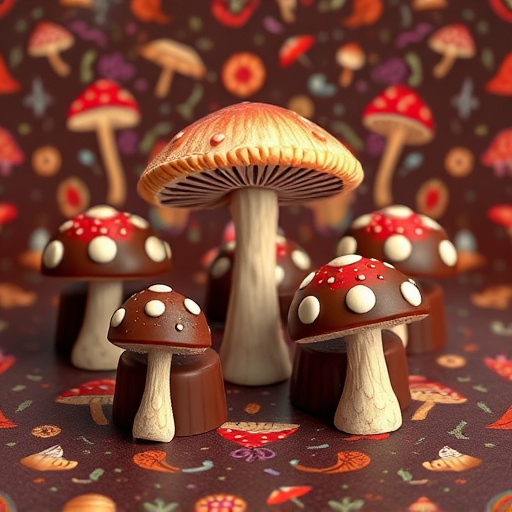The history of magic mushroom chocolates, also known as psilocybin chocolates, traces back millennia through various indigenous cultures' spiritual rituals and traditional medicine practices. Originally used for divination, healing, and connecting with the spiritual realm, interest surged in the 1960s-70s, leading to research on their therapeutic benefits. Today, these chocolates represent a modern fusion of ancient wisdom and scientific inquiry, merging culinary delight with enhanced self-discovery and well-being, as demand for psychedelic-assisted therapy grows.
“Uncover the enchanting world of magic mushroom chocolates—a delightful fusion of nature’s delights. This comprehensive buying guide takes you on a journey through time, exploring the historical roots and cultural evolution of these unique treats, dating back to ancient practices. From mysterious origins to modern culinary trends, we delve into the diverse strains and their mind-altering effects. Learn how to navigate the market safely, ensuring quality and legality with our expert tips on sourcing and brand selection. Discover the ultimate guide to buying magic mushroom chocolates.”
- A Brief History of Magic Mushroom Chocolates
- – Origins and early usage
- – Cultural significance and evolution
A Brief History of Magic Mushroom Chocolates
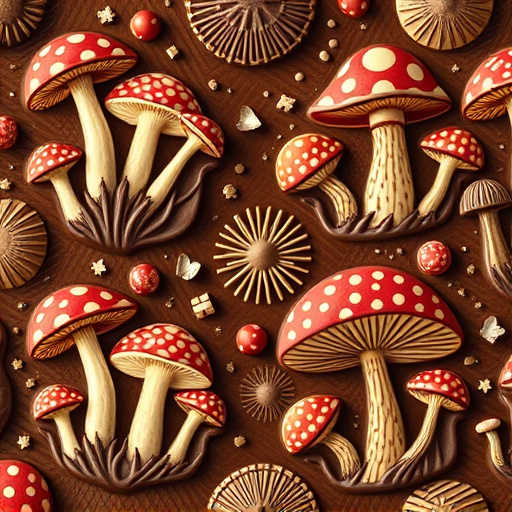
Magic mushroom chocolates, also known as psilocybin chocolate, have gained popularity in recent years due to their unique combination of culinary delight and potential therapeutic benefits. The concept dates back centuries, with evidence suggesting that indigenous cultures around the world have traditionally used mushrooms for their psychoactive properties. However, modern interest in magic mushroom chocolates began to surge in the 2010s as research into psilocybin—the active compound found in certain mushrooms—unveiled its promise in treating mental health conditions like depression and anxiety. This resurgence of interest led to a rise in artisanal chocolatiers and innovative food companies experimenting with infusing chocolate with psilocybin, turning what was once a niche practice into a growing trend in the wellness industry.
The historical usage of mushrooms goes far beyond recreational purposes; various cultures have incorporated them into rituals, spiritual practices, and traditional medicine for millennia. Today, as scientific studies continue to explore the therapeutic potential of psilocybin, magic mushroom chocolates represent a sweet fusion of ancient wisdom and modern science, offering consumers not just a taste sensation but also a gateway to enhanced self-discovery and well-being.
– Origins and early usage

Magic mushroom chocolates, also known as psilocybin chocolates, have a fascinating history rooted in both cultural traditions and modern therapeutic practices. Their origins can be traced back to ancient civilizations where specific mushrooms were revered for their mystical and healing properties. Indigenous cultures worldwide have used these mushrooms for centuries in spiritual rituals and traditional medicine, believing in their ability to induce altered states of consciousness and promote well-being.
The early usage of magic mushrooms was often tied to religious ceremonies and shamanic practices, where they were seen as tools for divination, healing, and connecting with the spiritual realm. As time progressed, Western interest in psilocybin mushrooms grew, leading to extensive research in the 1960s and 70s. This period saw the exploration of their potential therapeutic benefits, including their use in psychiatric treatments and as aids for creativity and personal growth. However, with changing societal attitudes and strict regulations, research into these compounds slowed down until recent years when renewed interest in psychedelic-assisted therapy has sparked a new wave of scientific inquiry.
– Cultural significance and evolution

Magic mushroom chocolates, a decadent fusion of two contrasting worlds, hold a rich cultural significance that traces back centuries. The history of their usage is deeply rooted in traditional practices and rituals, where mushrooms were revered for their mystical properties and symbolic meanings. Over time, these beliefs evolved, leading to the modern incorporation of magic mushrooms into culinary delights like chocolates. This evolution reflects a broader trend in the food industry to explore alternative ingredients and experiences, challenging conventional taste profiles.
The cultural significance extends beyond the historical realm; it continues to grow as the practice gains popularity in contemporary times. Magic mushroom chocolates have become more than just indulgent treats—they symbolize a shift towards mindfulness, self-discovery, and a deeper connection with nature. This modern interpretation has led to a surge in demand, driving innovation within the confectionery industry to cater to this niche yet passionate market of consumers who seek both sensory pleasure and experiential enhancement.
The history of magic mushroom chocolates is a fascinating journey that intertwines culinary creativity with cultural exploration. From its modest beginnings to its current prominence, this unique confectionery has evolved to satisfy diverse tastes and interests. Understanding the evolution of magic mushroom chocolates provides insight into how ancient practices and contemporary innovations have shaped their usage and significance in today’s world. Whether for ceremonial purposes or recreational enjoyment, these chocolates continue to captivate folks worldwide, leaving a lasting impact on both the senses and the mind.
